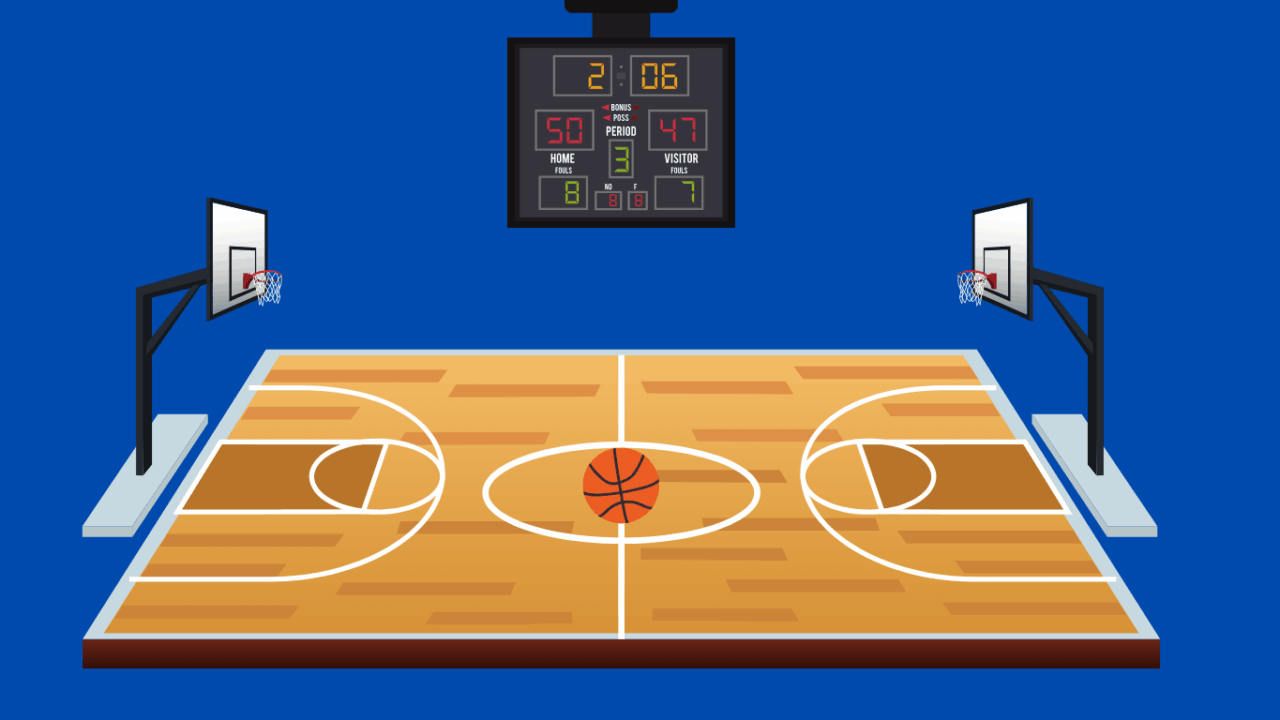How Sidewalk Ads Are Shaping the Future of New York City’s Urban Marketing

New York City is one of the most populated cities in the United States and brands advertise all around the city every day. Whether it’s on digital or traditional OOH units, QR codes, in-front of stores, subways, or inside venues, there are multiple ways for advertisers to think outside of the box to get in front of eyes who will look at them and track what the impressions are.
A new form of outdoor advertising has recently appeared on the sidewalks of New York City, offering a unique opportunity for brands to capture the attention of pedestrians. These ground level ad units, made available by California-based agency AdQuick, allow companies to purchase advertising space on a specific block for up to four weeks, provided they comply with legal requirements. New York University recently took advantage of this new ad format to promote its new walk-in primary care location on the Upper East Side.
This matters because sidewalk advertising represents an innovative way to reach urban audiences, particularly in high-traffic areas where traditional billboards might not have the same level of impact. It opens up fresh possibilities for businesses to engage with consumers more directly in their everyday environments. An inquiry for commentary was not responded to by AdQuick.
Building Local Goodwill Through Sidewalk Advertising
New York University is not the only company to capitalize on New York City’s sidewalks. Dylan Cleppe, CEO of the ad agency OneStop Northwest, noted that one of their clients, a tech startup, wrapped sidewalk scaffolding in Times Square to promote the launch of their mobile app. Though the campaign was costly, it generated significant attention, leading to a 43% increase in website traffic and a 62% rise in app downloads that week. The visually striking campaign created a digital billboard effect, captivating both locals and tourists alike.
“For brands, sidewalk space provides high visibility in a sea of ads. Done right, it cuts through the clutter, engages audiences and drives business objectives like downloads, visits or purchases,” said Cleppe. “The key is fitting the medium to the message and brand in an authentic way. Clever, cohesive campaigns that give people an interactive experience tend to be most successful.”
Cleppe further added that brands have been using guerrilla marketing tactics, such as painting logos and slogans on sidewalks near subway exits and popular pedestrian areas. While less flashy than larger campaigns, this approach is more affordable. For example, a craft brewer stenciled hop outlines and their brand along sidewalks in three Brooklyn neighborhoods, which helped build local goodwill and resulted in a 15% increase in taproom visits over six weeks.
As a result of its significant population and tourist inflow, New York City’s sidewalks are a prime advertising space. By using creative and eye-catching sidewalk ads, brands can reach a wide range of people, from locals to international visitors. For startups or smaller brands looking to make a big impact on a tight budget, sidewalk promotions can be more cost-effective than traditional billboards. Using chalk art, 3D installations, or even augmented reality, sidewalk ads allow brands to engage pedestrians in unique ways. Additionally, sidewalk ads allow brands to tailor their messaging to specific neighborhoods or demographics, enhancing their relevance and appeal to local audiences.
“As more and more brands use unlikely outlets for advertising, like sidewalk promotional media, it is my belief we will be in a position to see many more creative ways businesses try to sell their products in the market,” said Chris Yang, a personal finance consultant and co-founder of Coins Value.
The Importance of Working with the City for Ad Approvals
There are several drawbacks to sidewalk advertising in New York City, but it is creative and cost-effective. Some campaigns may face fines or removal if they do not comply with city regulations or obtain proper permits if they do not meet city guidelines.
In addition, pedestrian engagement is not guaranteed, especially when people are rushing or distracted, despite the high foot traffic. It is also possible for the weather to negatively affect sidewalk ads, such as rain, snow, or even excessive foot traffic, which can reduce their visibility.
Because of the risks involved, Wondersauce hasn’t engaged in this type of guerrilla marketing, according to Allison Brito, Chief Growth Marketer at Wondersauce. Wondersauce partners with one client who was cautioned for similar activities before they partnered with Wondersauce. Flyer handouts are used instead, by a company with the proper permits, in designated city areas. In addition, they utilize street furniture (LinkNYC, newsstands, MTA entrances), billboards, and taxi tops to effectively reach commuters.
“It would be advantageous for the city to find a way to work with advertisers to allow these in certain areas, especially at a premium so we’re not seeing them posted everywhere,” said Brito. “We’re always testing new forms of media and by no means trying to come off as ultimate rule-followers about this, but we’re not in the business of putting our clients at risk.”





